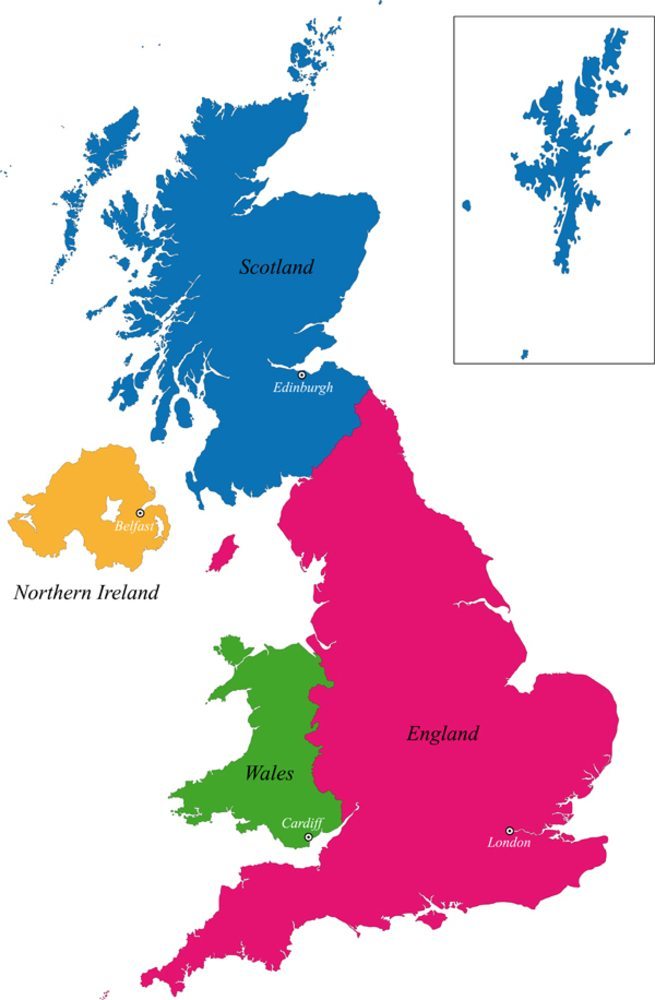The United Kingdom will need to free up as much as 650 megahertz of new spectrum over the next six years if it wants to keep ahead of rising consumer demand for mobile services, according to a new report from U.K.-based Real Wireless.
The report claims that U.K. regulator Ofcom will need to make available 300 megahertz of spectrum for licensed services and 350 megahertz for unlicensed services by 2020 to “avoid a looming shortage.” Ofcom recently auctioned off 250 megahertz of new spectrum in the 800 MHz and 2.6 GHz bands tied to the launch of “4G” services.
“Although new spectrum provided in the 4G auction has given some breathing space in meeting new demand growth, we will face a renewed spectrum crunch in around 2020 without further action,” said Dr. Simon Saunders, technology director and co-founder of Real Wireless, in a statement. “The challenge faced by governments and regulators is how best to manage this demand and ensure that consumers and other wireless users continue to see an improvement in their service, while ensuring other critical services still have access to the spectrum they need.”
Real Wireless said it came up with the spectrum amount needed to support services going forward using its Capisce spectrum and network analysis tool.
RCR Wireless News Editor-In-Chief Dan Meyer recently spoke with Real Wireless’ Dr. Simon Saunders about spectrum auction challenges and how the FCC might be able to learn some lessons from recently completed “4G” spectrum auctions conducted by U.K. regulator Ofcom.
Ofcom late last month said it was looking to free up spectrum assets to boost mobile capacity by 25-times by 2030. Potential spectrum bands being looked at including the 2.3 GHz and 3.4 GHz bands currently used by the military that Ofcom said it hopes to be able to auction by 2016; the 700 MHz band currently used by digital television services; and the so-called white space spectrum that taps into underused spectrum. In addition, Ofcom said it has identified other bands for potential use, including the 2.7 GHz band currently used for radar; and the 3.6 GHz band currently used for satellite links.
Wireless carriers in the United Kingdom currently use spectrum in the 900 MHz and 1.8 GHz band for 2G services, though some of that spectrum has recently been approved for re-farming for 3G and LTE services; the 2.1 GHz band that carriers spent $35 billion to acquire in 2000 for 3G services; the recently auctioned 800 MHz and 2.6 GHz spectrum set aside for LTE services; and the 3.6 GHz band for point-to-point and point-to-multipoint networks. For unlicensed services, the United Kingdom has set aside spectrum in the 2.4 GHz and 5 GHz band, similar to other countries including the United States.
Bored? Why not follow me on Twitter?

